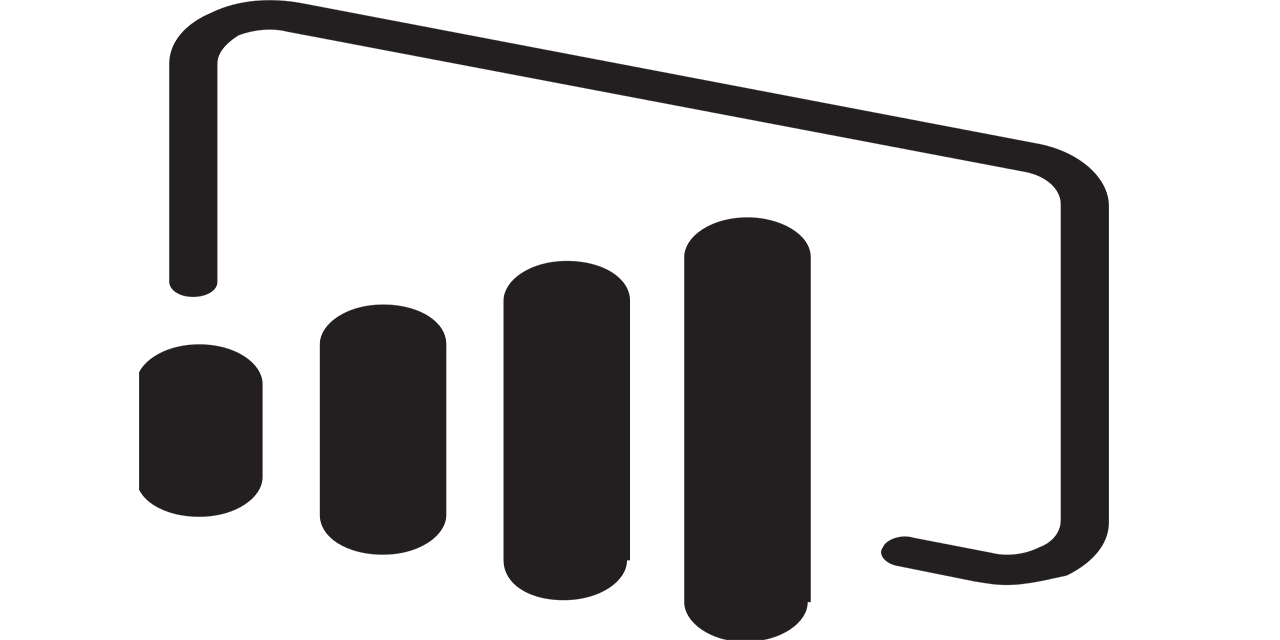If you want to improve your business intelligence (BI) and data analytics, then Microsoft’s dynamic Power BI platform is a viable and flexible option. It lets you generate attractive report visualsI It also helps you make strategic choices based on precise business data analysis.
However, to migrate to the Power BI system, you have to make a few tough decisions. First, you should decide whether you want to invest in Power BI Report Server on premise vs. cloud services. Both systems have many useful features, but they also have a number of potential drawbacks. This guide will help you find the Power BI system that makes the most sense for your organization so that you can leverage your data more effectively.
Which Power BI Options Are Available?
Power BI is a versatile data analytics and visualization tool. Microsoft offers multiple Power BI services, including free, Pro, and Premium versions, each with different sets of features. Each version gives you different levels of control over your visuals, reports, and data.
Before you can select one of these three versions of Power BI, you have to decide how you want Power BI to access your data in the first place.
Power BI works by taking data from a source—either onsite or from a cloud-based storage warehouse—and processes it so that users can generate visuals or reports from this information. Microsoft offers two options for accessing data: Power BI Report Server on premise vs. cloud services.
Power BI Report Server On Premise
Power BI Report Server on premise lets you store all of your data onsite or on your organization’s own cloud servers behind a firewall. You can then host reports and share them with other members of your team through the Power BI desktop or mobile applications.
Power BI Report Server is also based on the SQL Server Reporting Services (SSRS) framework. This means that you can track Key Performance Indicators (KPIs), connect to existing Excel workbooks, and access paginated or mobile reports. Your organization will have full control over its data from end to end.
Power BI Cloud Services
Unlike Power BI Report Server on premise, Power BI’s cloud-based service requires no installation or onsite data storage. Power BI’s cloud services work by accessing data that has already been uploaded to the cloud.
When you sign up for a Power BI cloud service license, you’ll gain access to a user-friendly dashboard with everything you need to create engaging visuals and reports right out of the box. You won’t have to configure the system at all. Because this information is located in the cloud and not behind a firewall, you’ll be able to access data from a web browser at offsite locations.
The differences between Power BI Report Server on premise vs. cloud don’t end here. To verify that you’re making the right decision, you should look carefully at both.
Power BI Report Server On Premise vs. Cloud: A Comparison
Some of the other key differences between Power BI Report Server vs. cloud are:
| Feature | Power BI Cloud Services | Power BI Report Server On Premise |
| Installation | In the cloud on any device | On site |
| Requires onsite infrastructure and maintenance | No | Yes |
| Data can be stored and processed behind a firewall | No | Yes |
| Hybrid cloud and on premise services available | No (cloud only) | Yes |
| Is included with other Microsoft licenses | Yes (Power BI Pro or Premium) | Yes (Power BI Premium or SQL Server) |
| Uses the Power BI desktop and mobile application | Yes | Yes |
| Can use web-based applications | Yes | No |
| Generates custom visuals and reports | Yes | Yes |
| Includes a user-friendly dashboard | Yes | No |
| Cost | Included in Pro and Premium licenses. Pro costs $9.99 per user per month; Premium costs about $5,000 per resource per month | Included in a Power BI Premium license for about $5,000 per resource per month |
These are the main differences, but the list is not comprehensive. To select the right system for your organization, make a list of must-have features. If you want to generate reports on-the-go from multiple locations, you should choose cloud services over Power BI Report Server. If you’re in the banking industry or work with sensitive information such as health records, data security is often a much higher priority. Power BI Report Server on premise offers greater control over data permissions and end-to-end encryption.
There are pros and cons to both of these systems, which is why you should consult with Power BI experts before you make your final decision.
Choosing Between Power BI Report Server On Premise vs. Cloud
The main difference between Power BI Report Server on premise vs. cloud services is that Report Server is more complicated to install and configure. That often makes the time to deployment and ROI longer. If fast ROI is a core goal in your business strategy, then this system is likely not the right choice.
Power BI Report Server also isn’t as user-friendly as the cloud service, and it requires more frequent maintenance and updates. Cloud-based systems are easier to use, and are updated and patched frequently. Moving to a cloud-based system can help you prepare for future innovations. The future is in the cloud, so migrating to Power BI cloud services now is an important first step to full cloud storage migration.
However, Power BI’s cloud services aren’t a perfect solution. While the cloud storage system is secure, it’s not as secure as data that’s stored, processed, and managed behind a firewall like Power BI Report Server on premise.
If you’re still unsure which system is right for you, an IT consulting firm can help you decide between Power BI Report Server on premise vs. cloud services.
Get Help from the Experts
When you enlist the help of one of these firms, you’ll gain the knowledge and experience of an entire team of data scientists. These experts have advanced degrees in data analytics and computer science, along with firsthand experience with Power BI, including on premise and cloud services.
The firm will perform a comprehensive audit of your business intelligence practices and come up with a detailed BI roadmap with all the data analysis tools you need. They can also build custom systems from scratch, including powerful interactive dashboards fine-tuned to your workflow. There is no one-size-fits-all visualization tool that works perfectly for every organization. These custom systems fill in any service gaps leftover by Power BI or other BI software, allowing you to optimize your reports and visualizations.
To discover the right system for your organization’s needs, contact Tek Leaders. Our skilled data analysts work with the most popular visualization tools on the market, including Power BI services and licenses. If you want to learn more about custom data analysis and visualization system, you can reach us by email directly.
Shashank Reddy Tummala.



